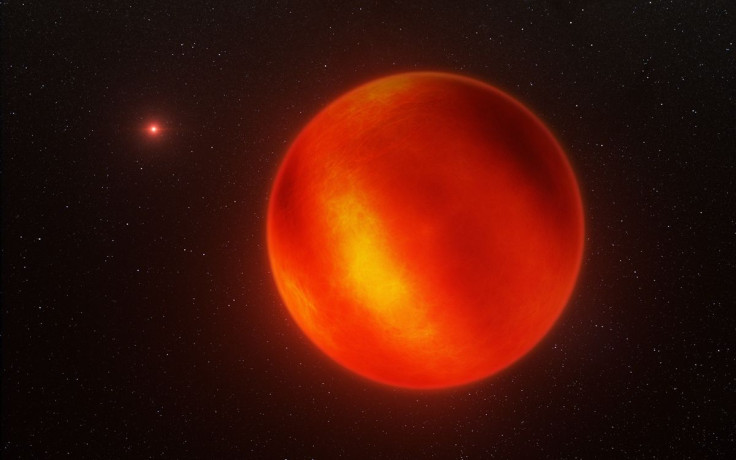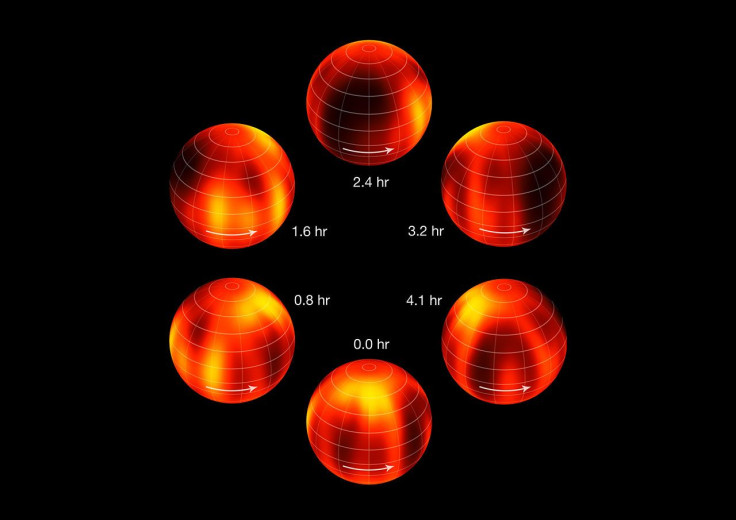Astronomers Construct First Ever Surface And Cloud Maps For Brown Dwarfs
What’s the weather like on a brown dwarf star? Thanks to the first ever weather and cloud maps of these celestial objects, astronomers may soon be able to answer that question.

Brown dwarfs are more massive than gas giants, such as Jupiter or Saturn, but are not heavy enough to trigger nuclear fusion, like other main sequence stars, and are sometimes referred to as “failed stars.” According to previous studies, brown dwarfs are around five to 20 times more massive than Jupiter and if these objects were orbiting a star they would probably be classified as planets.
To learn more about these mysterious objects, the first brown dwarf was discovered around 20 years ago and their existence was first theorized in the 1960’s, astronomers are pointing telescopes to the closest brown dwarf, Luhman 16B, located in the constellation of Vela. The brown dwarf, known officially as WISE J104915.57-531906.1B, is located 6 light-years from Earth and is part of a brown dwarf pair; the brighter object is named Luhman 16A. In two new studies, researchers used the European Southern Observatory’s Very Large Telescope, VLT, to create surface and cloud maps of Luhman 16B.

The first study, led by Ian Crossfield from the Max Planck Institute of Astronomy, created a surface map of Luhman 16B. The researchers believe brown dwarfs have varied surface features, based on changes in brightness. Using the cryogenic high-resolution infrared echelle spectrograph, CRIRES, instrument on the VLT, which helped boost the resolving power of the telescope. According to ESO, the researchers observed the changes in brightness and were also able to determine the direction the different surface features.
Crossfield said in a statement, “Our brown dwarf map helps bring us one step closer to the goal of understanding weather patterns in other solar systems.” The clouds observed by the team may consist of molten iron and minerals in a hydrogen atmosphere with a surface temperature of around 1,100 degrees Celsius (2,012 degrees Fahrenheit).
The second study was led by Beth Biller, currently at the University of Edinburgh but previously from the MPIA, analyzed the atmosphere of the brown dwarf pair. Biller said in a statement, “The cloud structure of the brown dwarf varies quite strongly as a function of atmospheric depth and cannot be explained with a single layer of clouds.
Based on these new observations, the astronomers hope these surface maps are the first steps toward observing weather and cloud patterns on brown dwarfs. With new telescopes and better models, researchers can develop better weather pattern predictions. Crossfield's research was published in the journal Nature while Biller's work was published in the Astrophysical Journal Letters.
"In the future we will be able to watch cloud patterns form, evolve, and dissipate – eventually, maybe exo-meteorologists will be able to predict whether a visitor to Luhman 16B can expect clear or cloudy skies," said Crossfield.
© Copyright IBTimes 2024. All rights reserved.






















